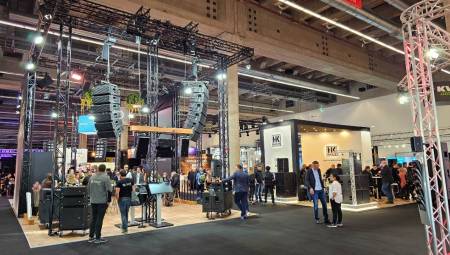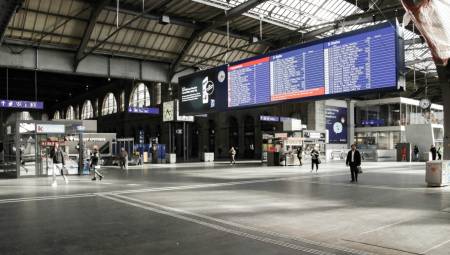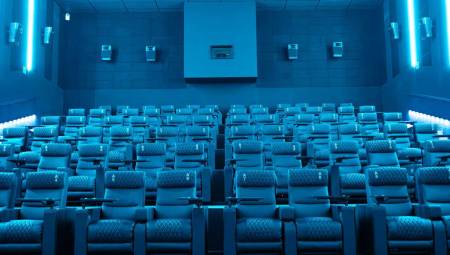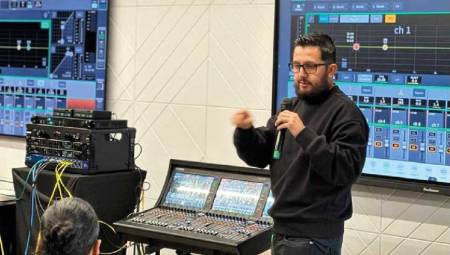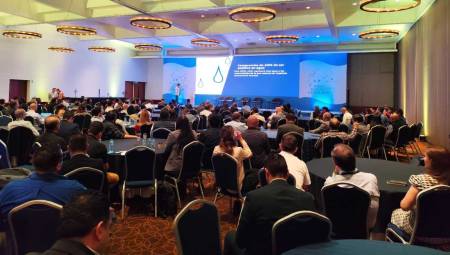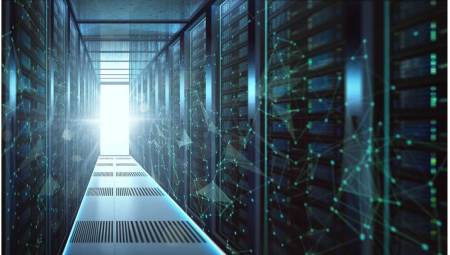 Latin America. Facial recognition was a technology restricted to high-security environments. But this feature is becoming attractive to a wider group of industries and applications.
Latin America. Facial recognition was a technology restricted to high-security environments. But this feature is becoming attractive to a wider group of industries and applications.
In practice, facial recognition makes a comparison between faces captured in real-time video and a database of stored images. When a face is captured by the camera, the comparison occurs in real time and allows or denies access, or even triggers an alarm to alert stakeholders to take appropriate action.
A bus station in Madrid, Spain, reduced the number of incidents from five per day to five a month after adopting a facial recognition technology with cameras from Swedish manufacturer Axis Communications.
However, the use of facial recognition today goes far beyond security. Cross-linking the image of customers' faces with a database can allow retailers, hotels and banks to quickly identify those candidates for VIP care, for example.
In addition to this, recognizing a facial expression is becoming a powerful Business Intelligence tool. A shopping mall in Finland, called Rajalla På Gränsen, is at the forefront of retail globally after adopting technologies that analyze the gender, approximate age and even facial expressions of those who circulate in the aisles.
"The concept of facial recognition is becoming popular thanks to recent technological advances, which increase the accuracy of the system even if the person is wearing a hat, dark glasses and other accessories," explains Andrei Junqueira, Sales Manager of Axis Communications.
"We are having a lot of demand from stadiums that want to deny entry to violent fans, for example, or public transport stations that want to recognize suspects automatically. This technology is likely to gain even more popularity in the coming years," Junqueira adds.




